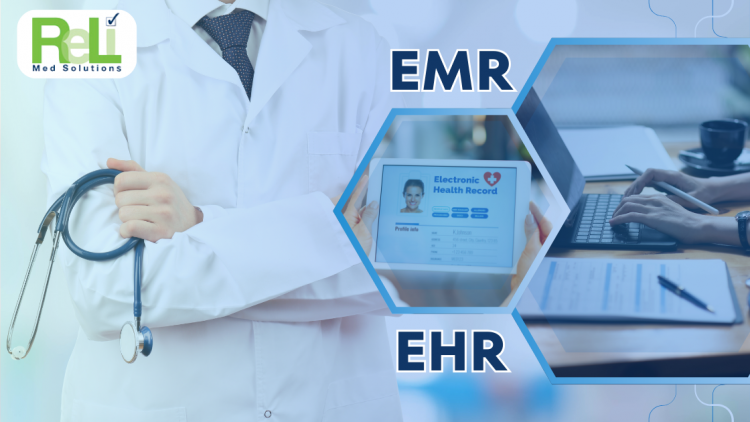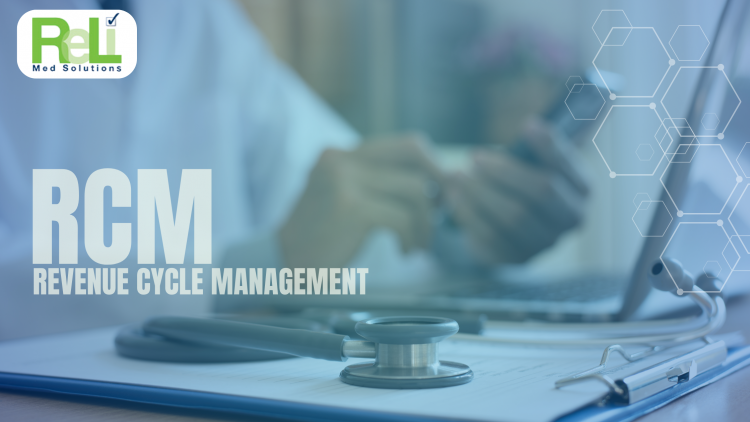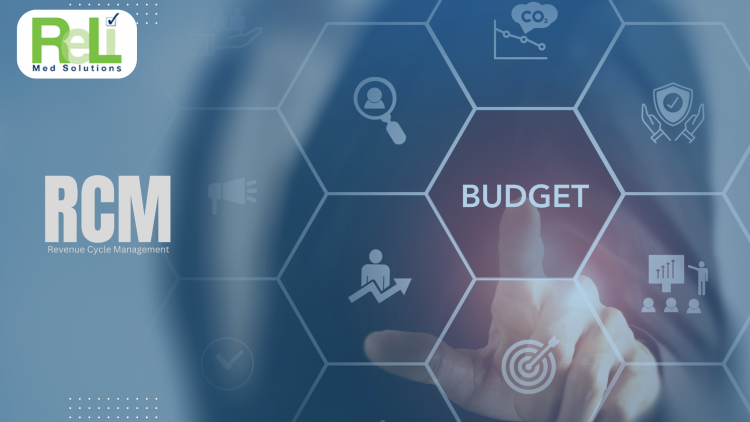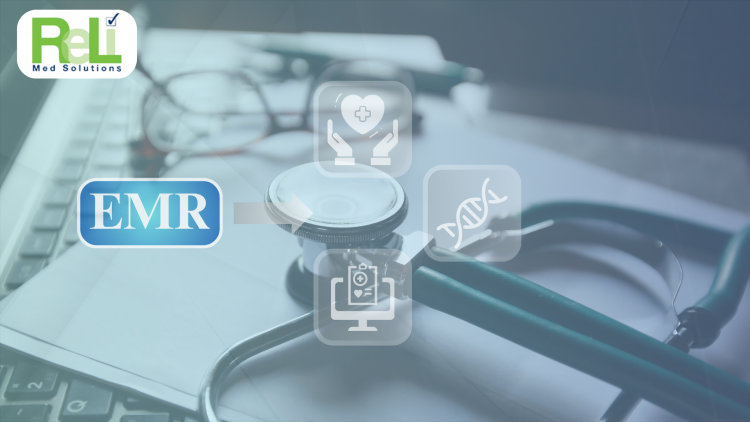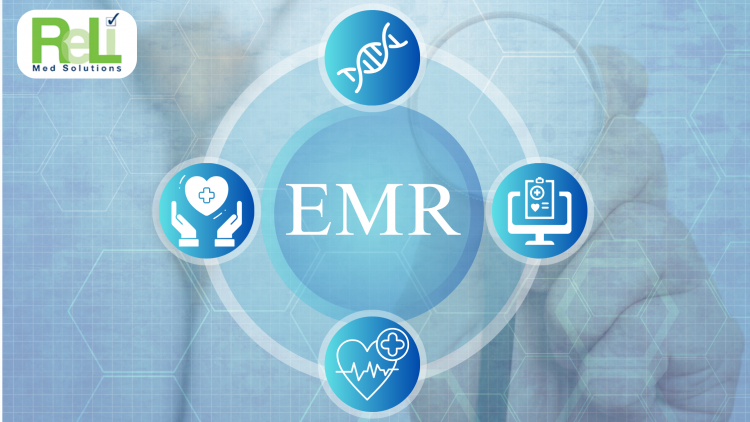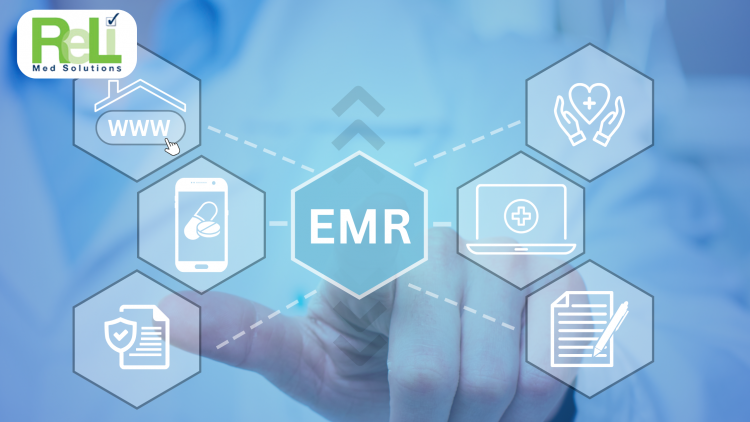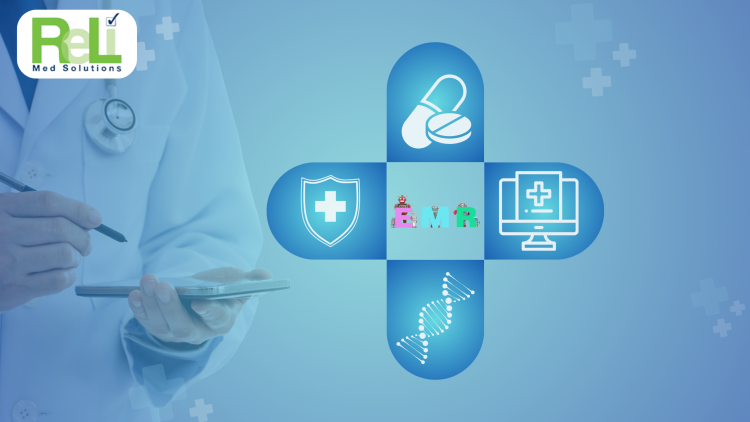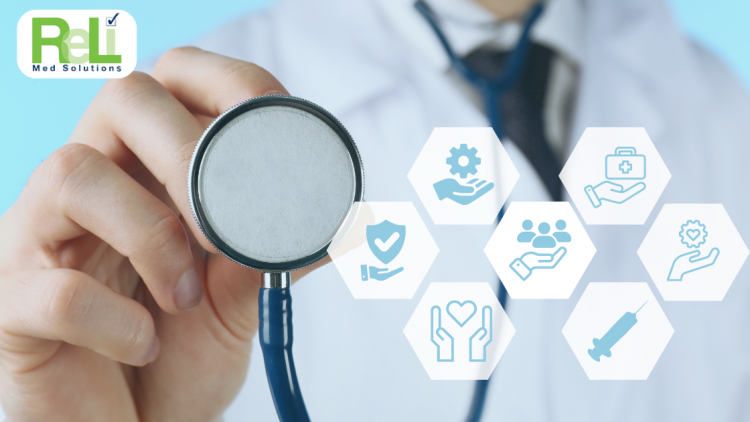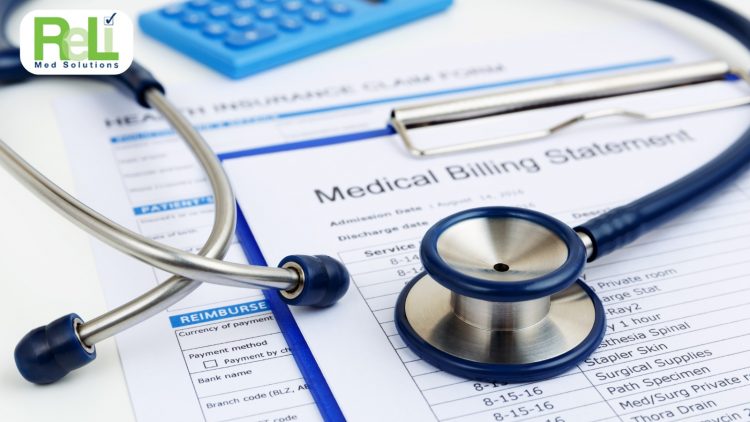Tips for Smooth EMR Software Implementation in Healthcare Facilities
Transitioning to electronic health records (EHR) can be daunting. It’s tough to select and implement the Best EMR Software 2024. But, with the right approach, EMR software can boost your efficiency and patient care. This blog will give you the tips for a smooth transition. It will highlight key factors in comparing EMR software. It will also introduce EMR Software Implementation. We will also explore the benefits of a strong patient portal. It will ensure seamless interactions between patients and practitioners. With these insights, your facility can navigate the digital transformation landscape with assurance.
Training Healthcare Staff for Easy EMR Use
- Training is vital for EMR implementation: It is crucial when starting with EMR software. If your team isn’t trained well, they’ll struggle with the new system.
- Simple lessons help us to understand: It’s important to provide clear, easy-to-follow lessons. Simple instructions help staff learn without overwhelming them. They’re easier to grasp.
- Split lessons into small steps: Break the training into smaller parts. This will allow staff to learn at a steady pace. If you teach them bit by bit, it’s easier for them to understand and remember what they have learned.
- Ongoing support is necessary: After the initial training, staff will still need help. But ongoing support is key to keeping them confident and comfortable with the EHR.
- Build confidence through learning: Regular support helps staff feel comfortable with the system. With consistent help, they will work better and make fewer mistakes.
Planning and Preparing for EMR Software Implementation
Planning is important for a successful EMR software implementation. First, check your current workflow and understand the needs of your facility. We should involve the main people in this process. Their input will ease the transition. A clear plan helps everyone know what to expect. It also helps when comparing EMR software with other systems.
Preparing Your Facility for a Smooth EMR Transition
Before you install the EMR software implementation, get your facility ready. If your IT systems are not prepared, it could cause problems later. So, make sure your system can handle the new software. Also, give enough time for the switch because rushing could cause issues. Working with top-rated EMR vendors can also make the transition smoother.
Testing and Support During the Implementation Process
After the EMR software implementation, it’s important to test the system. Testing can help find any problems before full use. So, involve your IT team during this phase. If there are any technical problems, they can fix them before the software is in full use. Also, support during and after is key. Staff may need help with features like the Patient Portal.
What to do for long-term success?
Even after testing, staff will need ongoing support for the EMR software implementation. If they face problems, they need help without delay. Providing support by phone, chat, or in person ensures a smooth operation. Also, strong support helps avoid mistakes. It ensures that users make proper use of the best EMR software of 2024.
ReLi Med Solutions: Your Best Partner for EMR Implementation
When doing EMR software implementation, it’s important to have a good partner. ReLi Med Solutions helps healthcare facilities transition to EMR systems. Their experience makes them know what healthcare facilities need. Also, they provide great software, training, and support. So, your facility can succeed with the EMR software comparison.
EMR software implementation is easy if you have the right partner. ReLi Med Solutions offers everything from planning to support. Because they focus on making the switch simple, you can trust them to help your facility. Contact ReLi Med Solutions today. Start your EMR software implementation. Enjoy a smooth, efficient system.

